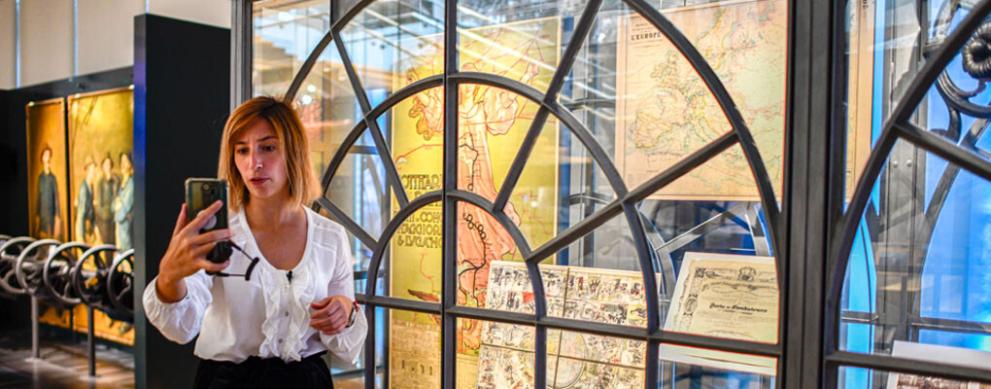
To contribute to the EUROPALIA Trains & Tracks programme, the House of European History is creating a pan-European online collection of personal stories about train travels across national borders as a common formative European experience.
Would you be able to provide a short video on this topic, addressing the following questions?
- What are your memories of cross-border trips by rail? Is there one in particular you want to share with us?
- What impact did the ability to travel by train (or not) have on you during this time?
- What made more of an impression on you: the journey or the destination?
- How have these experiences shaped your life today?
Technical guidelines:
- Please introduce yourself and, if relevant, the organisation you work for.
- Videos recordings should be up to 120 seconds long, with a gap between each answer. They can be in any of the official 24 EU languages.
- Please ensure the audio is of good quality, through using a microphone or hands-free kit, or recording in a quiet location.
- For video recordings, feel free to include separate photo image files, with any relevant credit text. We may add these into the videos.
- Preferred file formats: jpeg, mp4, mov.
- Contributions should be sent to via wetransfer to historia-press@ep.europa.eu, or copied into this Google drive folder.
- Please complete the authorisation document to provide permission to use your contribution on our website, in the museum space, and extracts on our social media channels.
Background:
The impact of trains and their ability to cross regional and national borders had and still has a real significance for Europe and Europeans. From the 1840s onwards, train networks emerged all over the continent. This new means of transportation and communications reduced travel time and completely transformed the way we experience time and space. In the context of the industrial revolution, the train became a symbol of progress and modernity.
But the train has sometimes been used for darker purposes. Trains helped with the exploitation of colonial resources. Trains transported troops during wars. The worst atrocities trains are associated with are the use of cattle wagons for the deportation of millions of European Jews during WW2. After the war, the train became a means of transport that stimulated Europe-wide tourism and mobility, and thus accompanied processes of European integration and Europeanisation. While when it was invented the train symbolised the acceleration of society, it is on the contrary associated today with the need to slow down and find more sustainable ways of travelling.
The issue of freedom of movement, and travel across is borders is still highly relevant today, following, for example, border controls during the covid pandemic, and national concerns about immigration contributing to recent anti-EU sentiment. Trains specifically are topical as a political issue, environmentally in order to reduce carbon emissions, economically to help move goods and workers across borders, and culturally for young people to gain wider perspectives during their formative years.